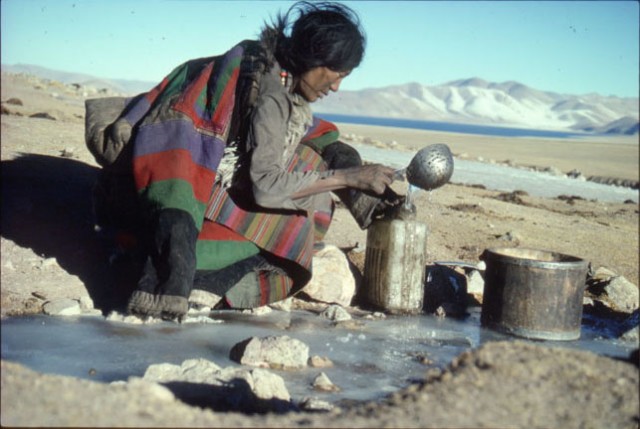Tibetans’ altitude tolerance may have come from our extinct relatives
Ars Technica » Scientific Method 2014-07-02
The Denisovans, relatives of the Neanderthals who inhabited Asia before modern humans arrived, are known only from a scattering of small bones and a wealth of DNA data. So far, all of that originates from a single Siberian cave (called Denisova, naturally). Like the Neanderthals, the Denisovans interbred with those modern humans once they arrived. But the modern populations who have the most Denisovan DNA are far from Siberia, occupying southern Asia and some Pacific islands.
Now, a tiny fragment of Denisovan DNA has also been found in a group that's much closer to Siberia: the Tibetans. And all indications are that it helps them adapt to the extreme elevations of the Tibetan plateau.
Large parts of that plateau are 4,000 meters (2.5 miles) above sea level. The populations native to the area have lower infant mortality and higher birth weights than people who have relocated to the area. In addition, the Tibetans have acclimated to the altitude without relying on increased red blood cell counts, which is how most other people respond after spending time at altitude. Higher red blood cell counts mean a more viscous blood, which creates its own health hazard, so this difference is also likely to be very advantageous.
Read 7 remaining paragraphs | Comments
